MASAMI TERAOKA (né en 1936)
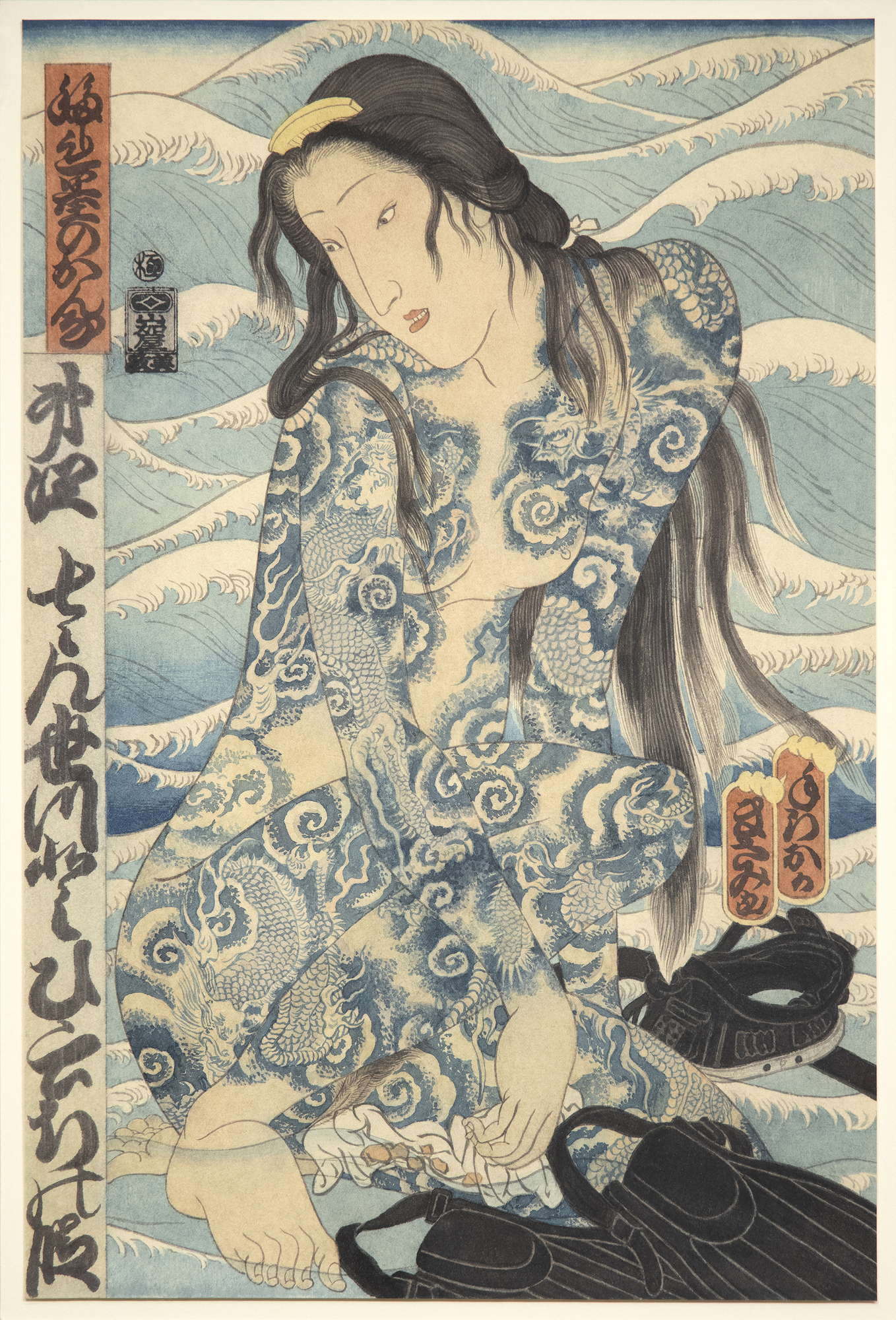
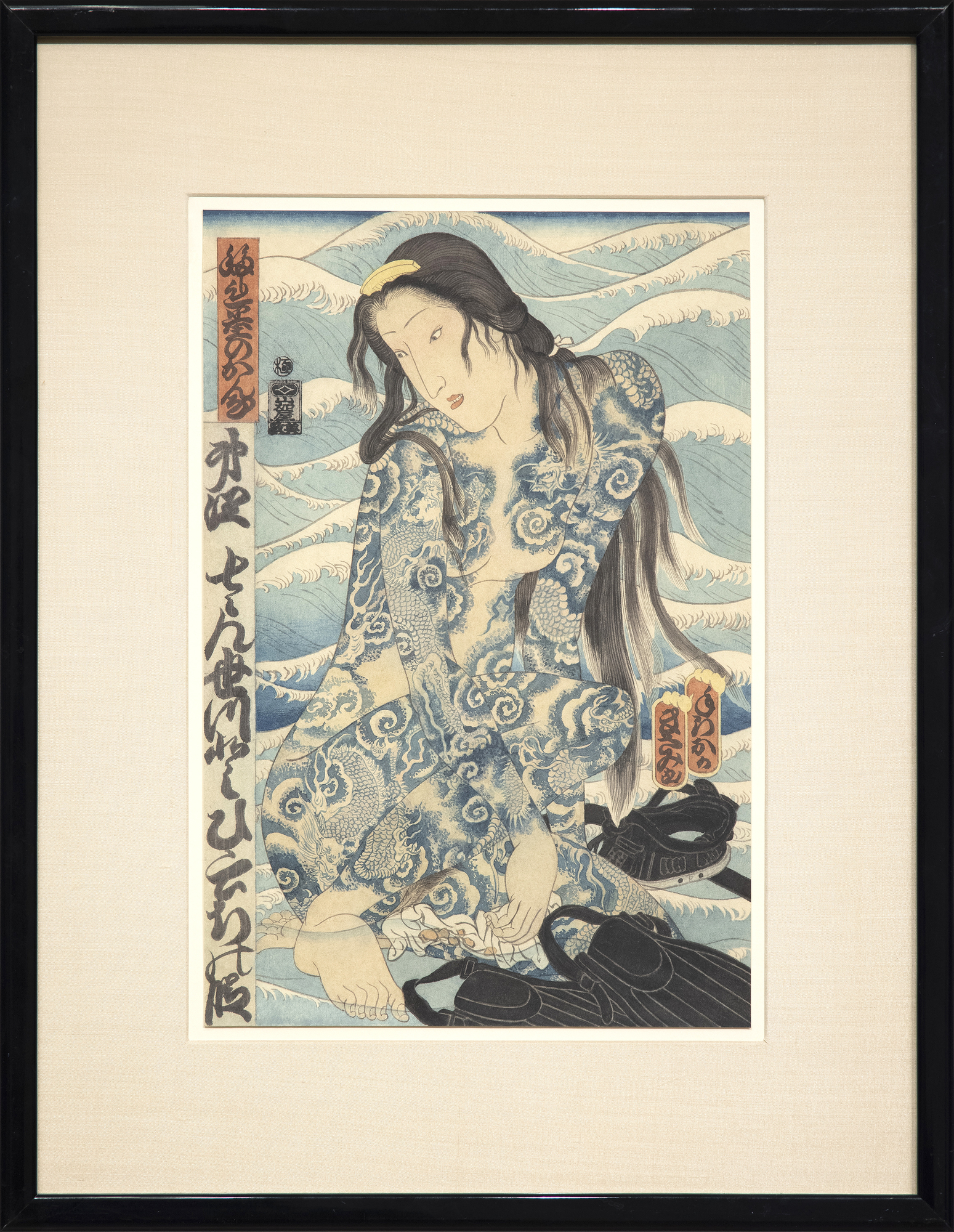
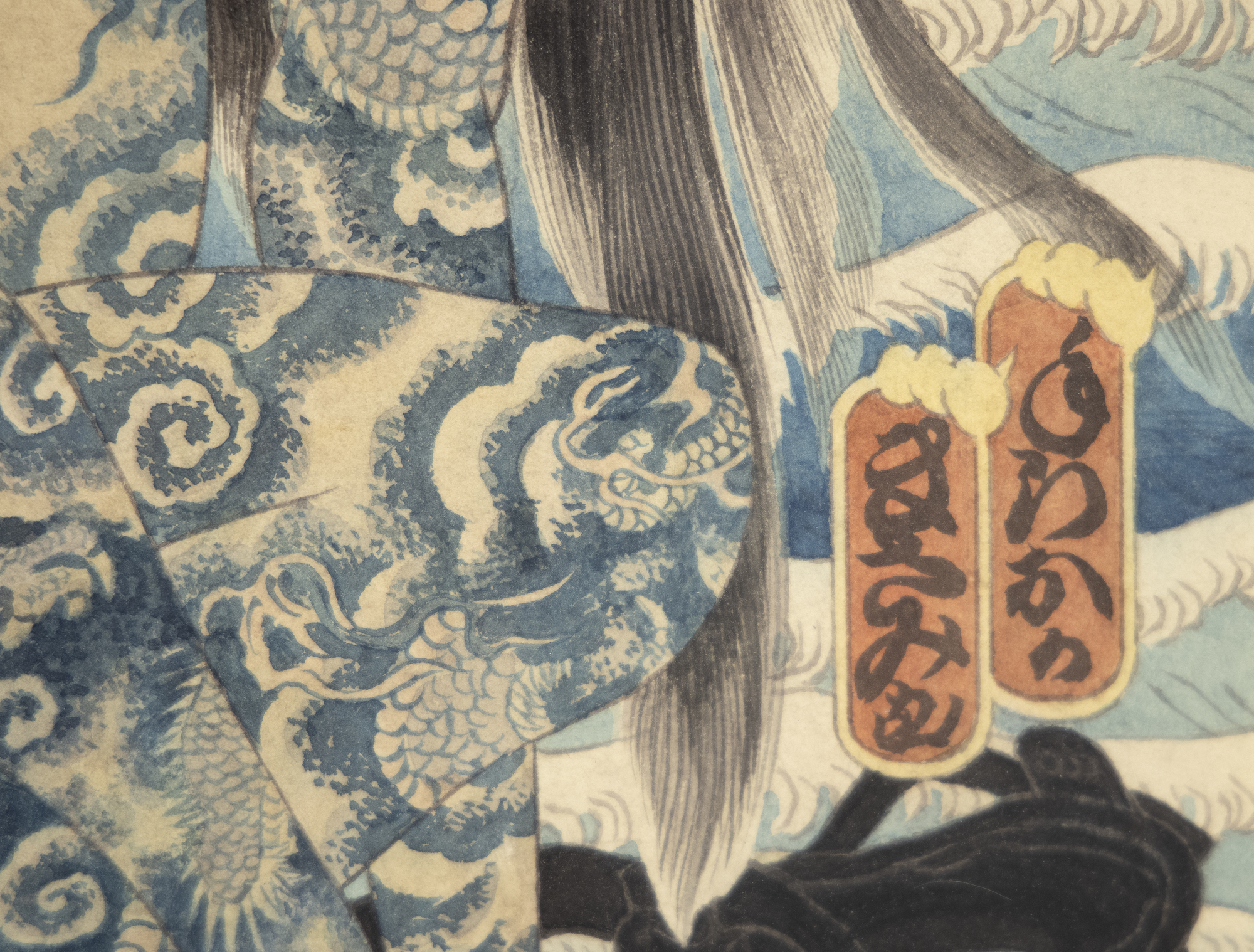
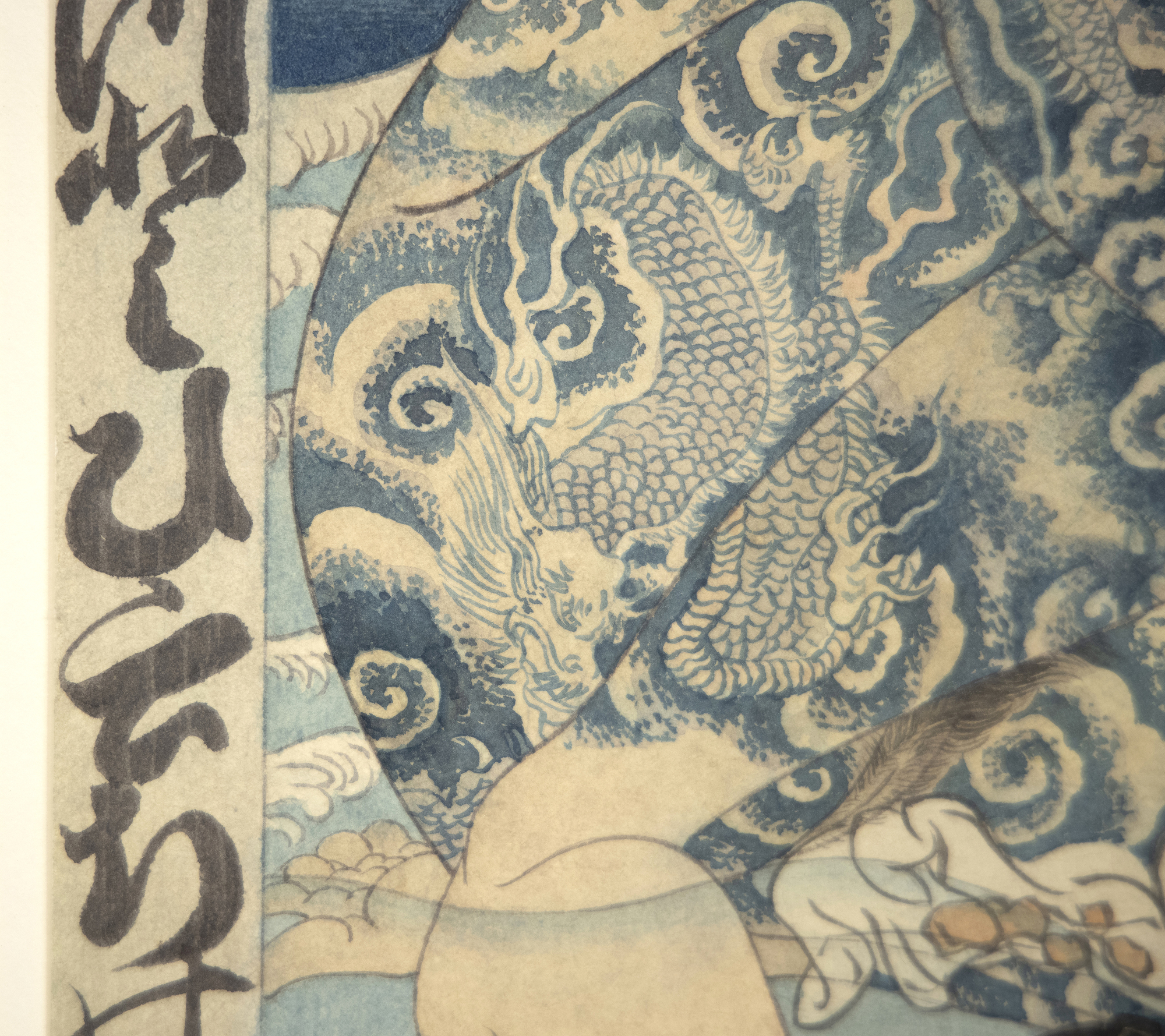
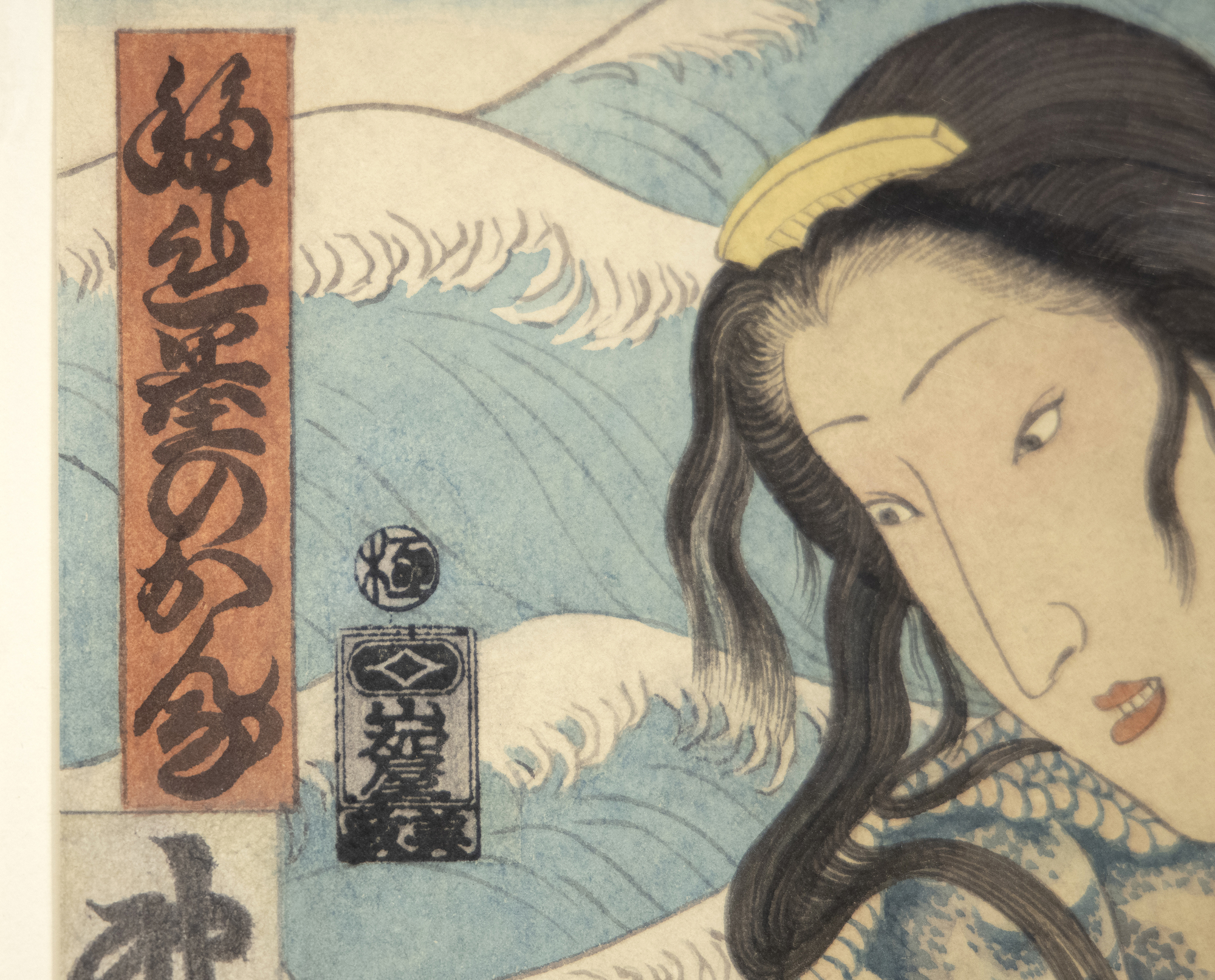
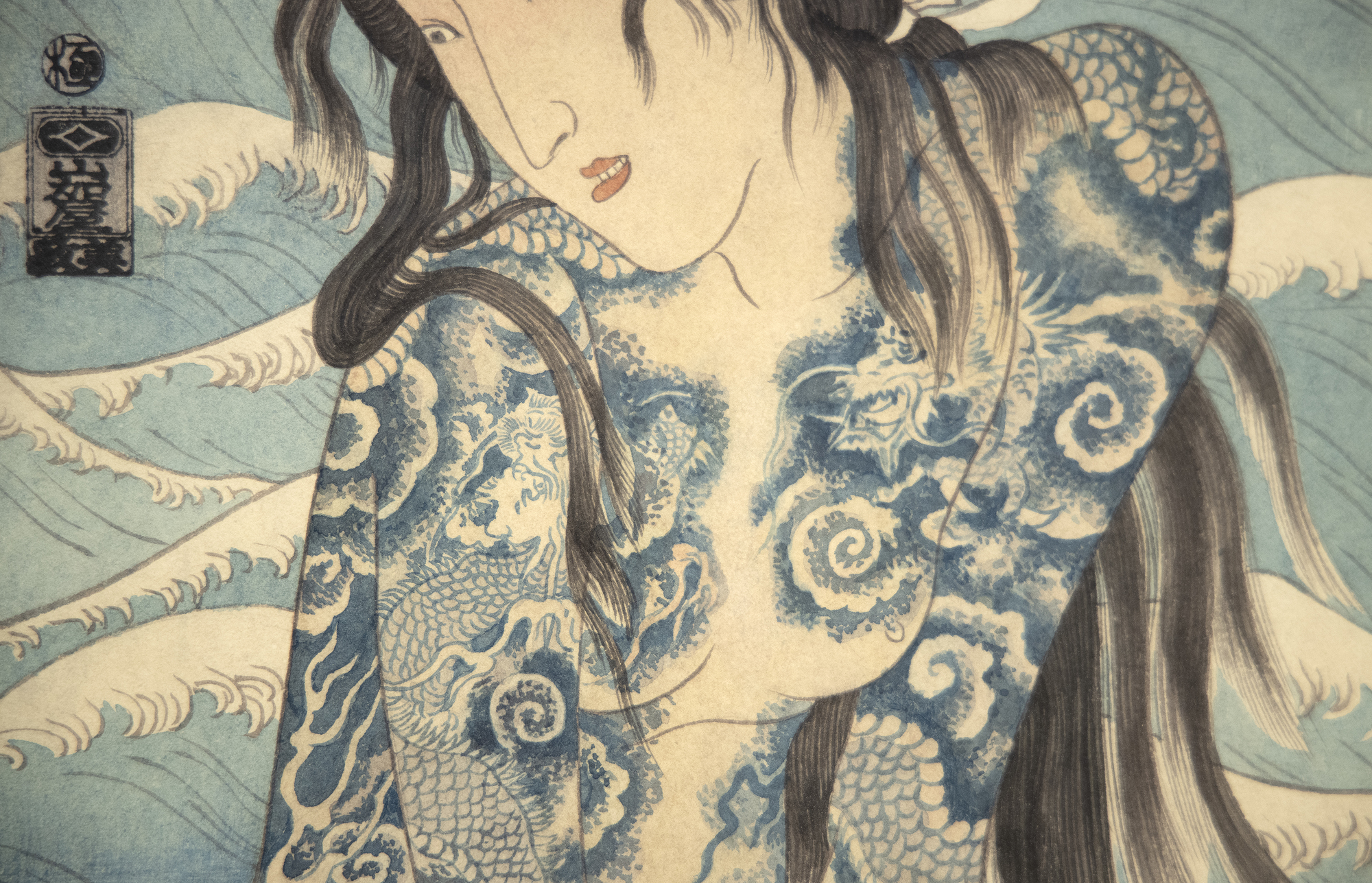
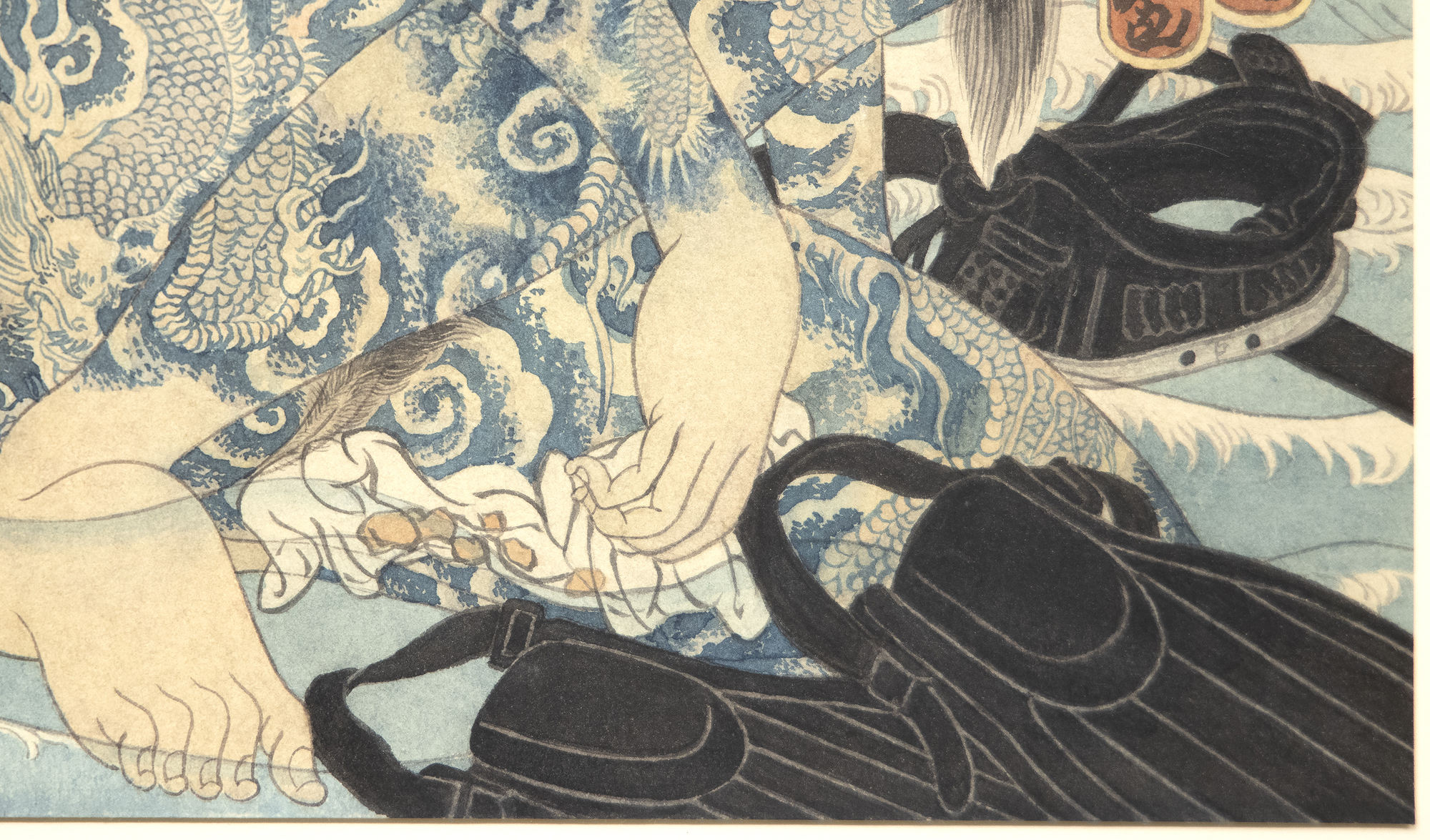
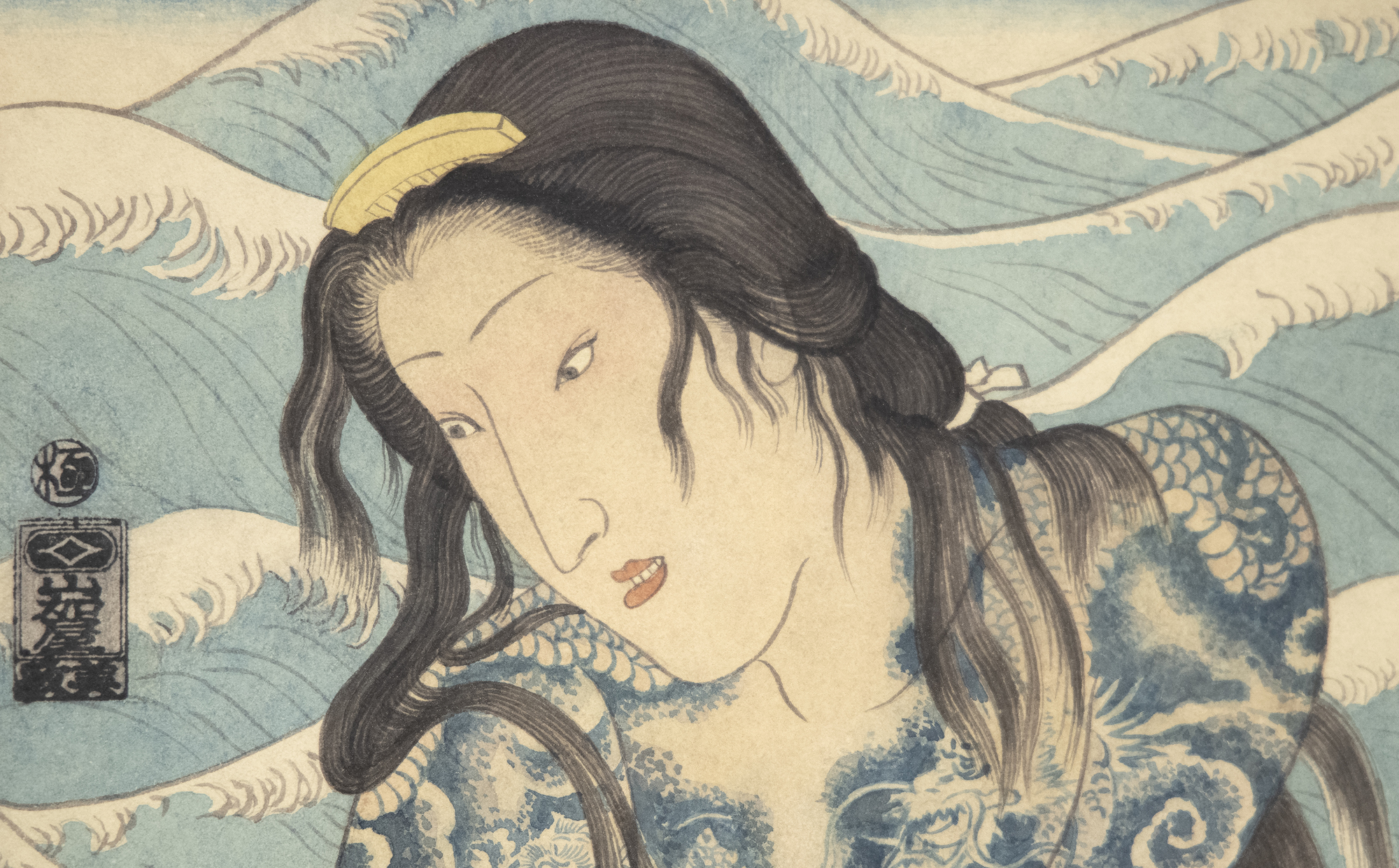
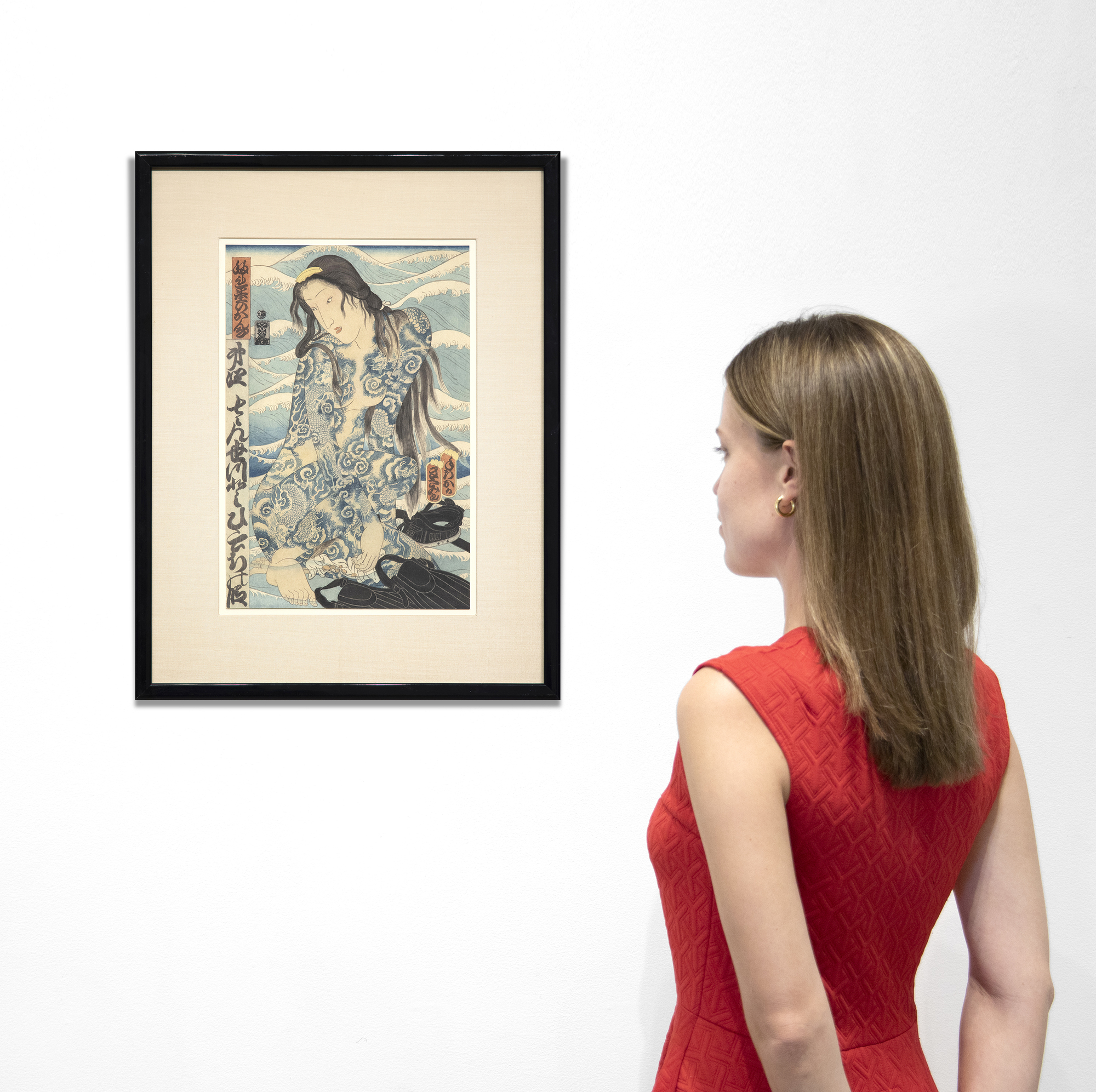
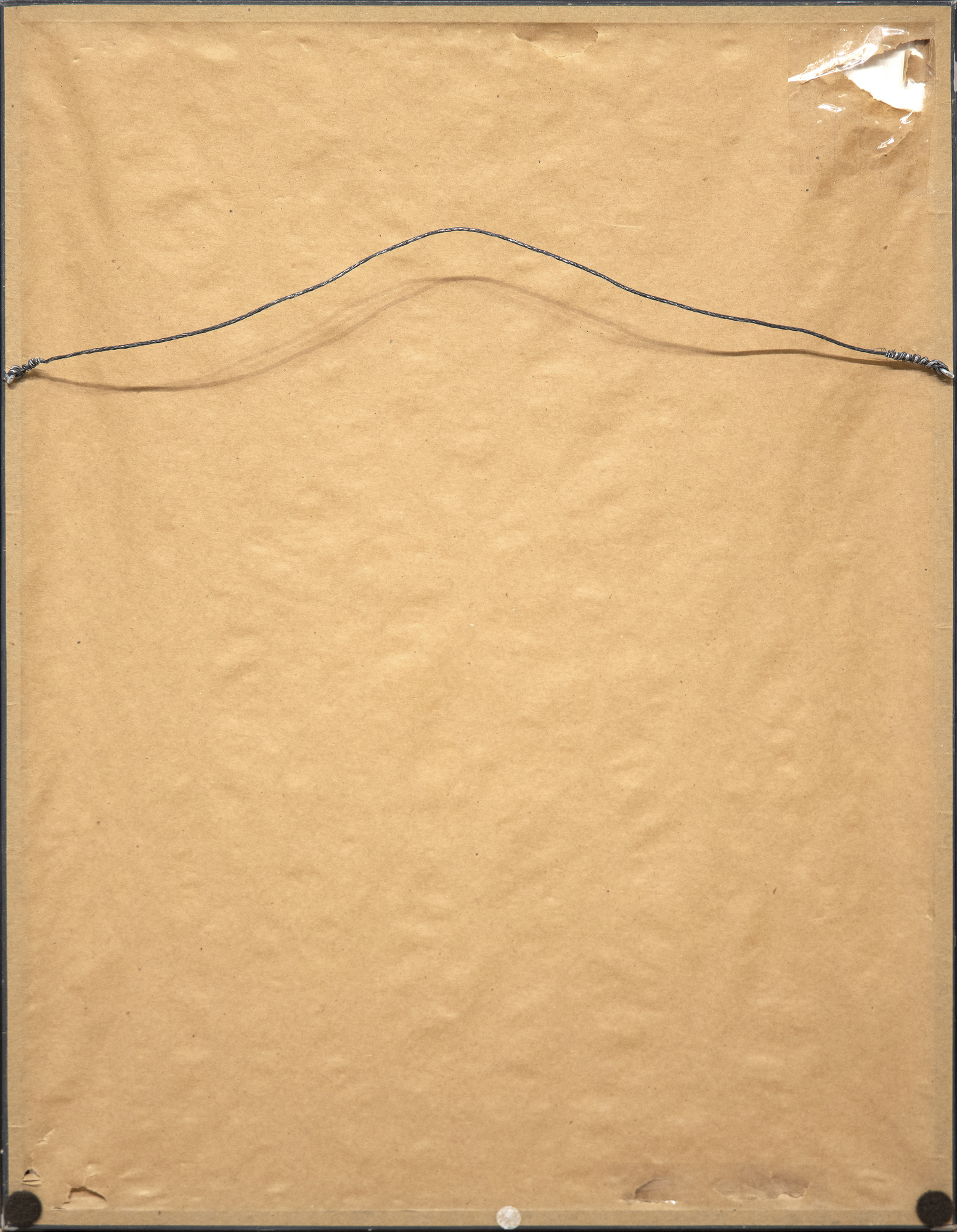
Provenance
Collection privéeLittérature
Teraoka, M., Hoffman, K., Heartney, E., Bing, A., & Clark, C. (2012), Ascending chaos : L'art de Masami Teraoka 1966-2006, San Francisco, Calif : Chronicle Books LLC, illustré70,000
Les pièces de Teraoka mêlent humour et commentaire social. Il a souvent abordé des sujets aussi divers et urgents que la crise du sida, le consumérisme, les attentats du 11 septembre, etc. Teraoka note à propos de son propre travail : "Intégrer la réalité à la fantaisie, l'humour au commentaire et l'histoire au présent est devenu mon défi".
On peut trouver des œuvres de Teraoka à la Tate Modern, au Metropolitan Museum of Art, au San Francisco Museum of Modern Art, au Smithsonian, au Los Angeles County Museum of Art, au Walker Art Center, et plus encore.


